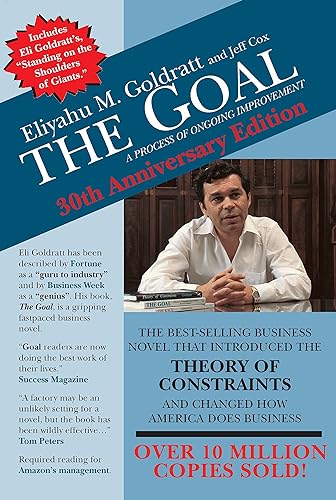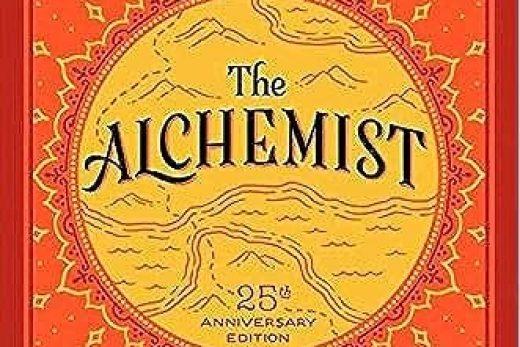
A revolutionary insight into management thinking, “The Goal: A Process of Ongoing Improvement” serves as a benchmark for professionals in operations and manufacturing. Rooted in the story of a manager who faces the challenge of turning an underperforming factory around, readers are introduced to a unique and effective approach: the Theory of Constraints. Here are some highlights and reasons why it’s worth a read:
Real-world Application: The narrative form makes complex concepts relatable and easier to grasp. Through Alex Rogo’s journey, readers experience the challenges and solutions in a real-world context.
Theory of Constraints (TOC): The book presents TOC as a core methodology. TOC challenges conventional wisdom, emphasizing that only by identifying and addressing bottlenecks can businesses truly optimize processes.
Practical Solutions: It offers actionable insights and strategies that can be applied in various business scenarios, not just manufacturing. By focusing on key performance indicators and understanding the relationship between processes, professionals can make informed decisions.
Broadens Perspective: For those used to traditional business methods, this book can be an eye-opener. It encourages a shift in thinking, moving away from cost-centric views to a more holistic understanding of systems and processes.
Engaging Storytelling: The blend of a gripping narrative with educational content keeps readers engaged, making complex concepts memorable.
Given these insights, the book stands as a valuable read for professionals, students, and anyone interested in enhancing their understanding of business processes. And remember, continuous improvement is a journey, not just a destination. As Alex Rogo learns, even when you think you’ve found the answer, there’s always another level of understanding to reach. On a side note, it’s intriguing how often individuals misinterpret ‘bottleneck’ and ‘optimization’ in business scenarios, proving that real understanding is crucial to effective application.









